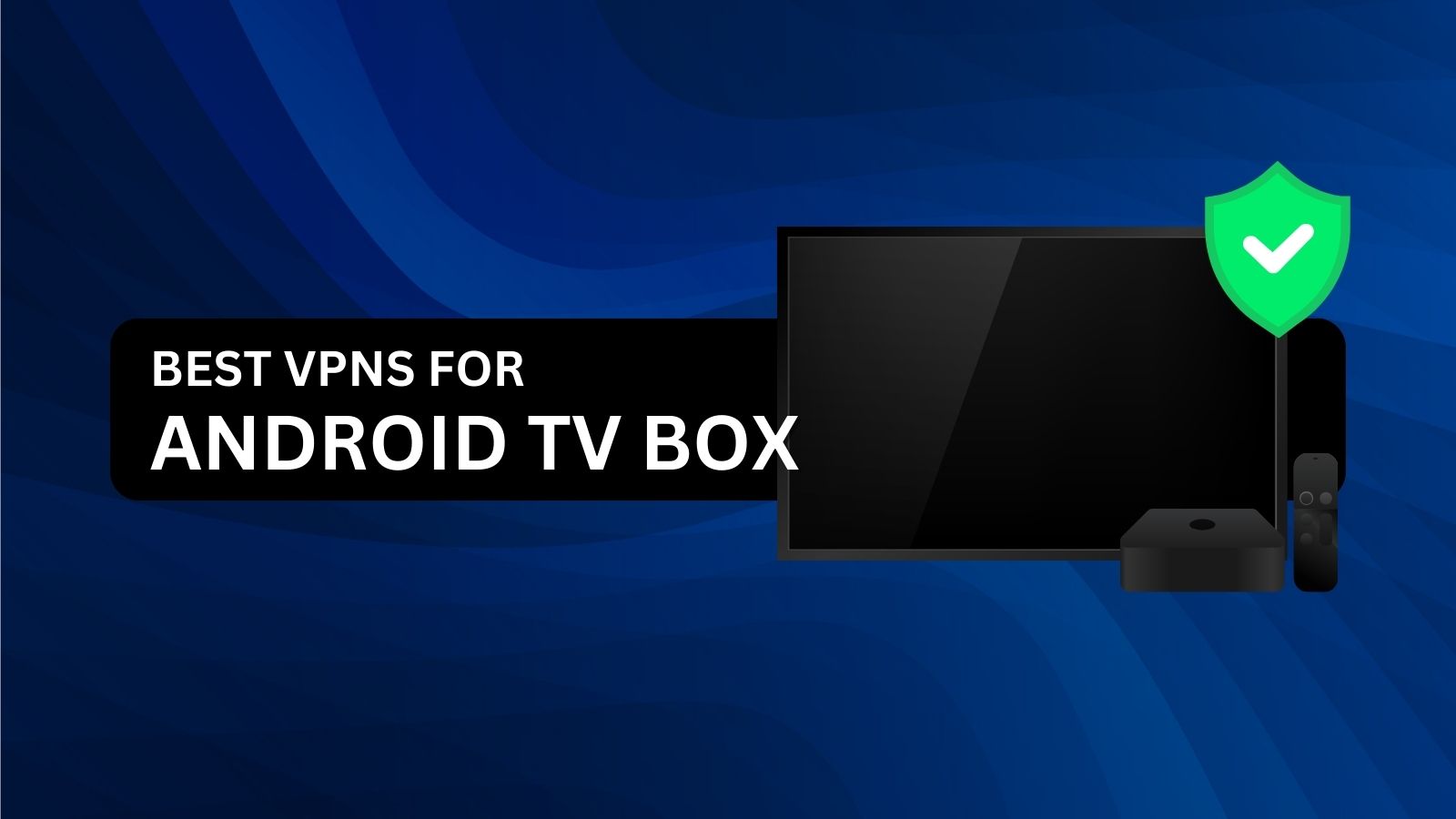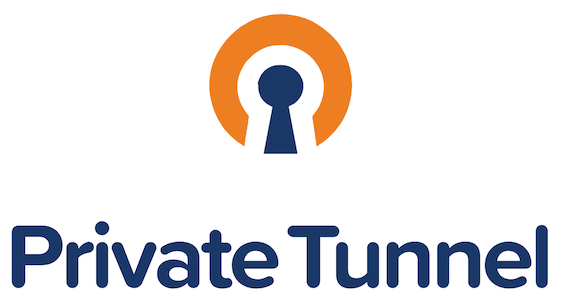Remote Interpreting Services: Enhancing Communication Across Barriers

In an increasingly interconnected world, effective communication is essential. Remote interpreting services have emerged as a versatile solution to bridge language barriers, providing real-time interpretation across various platforms and settings. These services, which include both over-the-phone interpreting (OPI) and video remote interpreting (VRI), offer significant benefits to industries such as healthcare, legal, education, and business. By ensuring inclusivity and accessibility, remote interpreting empowers individuals who speak different languages or rely on sign language.
The Basics of Remote Interpreting
Remote interpreting services enable real-time communication between parties who do not share a common language, without the need for an interpreter to be physically present. Using advanced communication tools such as telephones, video conferencing, and internet-based platforms, interpreters can deliver their services remotely. This flexibility enhances accessibility and eliminates geographical limitations. The two main types of remote interpreting services are:
-
Over-the-Phone Interpreting (OPI): A telephone-based service where interpreters facilitate verbal communication between parties.
-
Video Remote Interpreting (VRI): A video-based service that allows interpreters to interpret spoken languages and sign languages, using visual cues for enhanced accuracy.
Advantages of Remote Interpreting
1. Accessibility
Remote interpreting services provide immediate access to professional interpreters, regardless of location. This is particularly beneficial in rural or remote areas where on-site interpreters may be unavailable. In urgent scenarios, such as medical emergencies or legal matters, remote interpreting ensures critical communication happens without delay.
2. Cost-Effectiveness
Eliminating travel costs for interpreters makes remote interpreting a cost-efficient alternative to on-site services. Organizations can access interpretation on demand, paying only for the duration of the service. This affordability is particularly valuable for institutions operating on tight budgets.
3. Flexibility
Remote interpreting can be tailored to a wide range of industries and use cases. Healthcare providers use it to communicate with patients, legal professionals rely on it for court proceedings, and businesses utilize it for international meetings. The ability to switch between audio and video modes also allows organizations to choose the most appropriate format for their needs.
4. Enhanced Communication Quality
Video-based remote interpreting, in particular, facilitates better communication by enabling interpreters to observe visual cues such as facial expressions and gestures. This is crucial for sign language interpretation and situations where non-verbal communication plays a significant role.
Applications of Remote Interpreting
Healthcare
Remote interpreting services are indispensable in the healthcare sector. They enable effective communication between medical professionals and patients who speak different languages or use sign language. From routine consultations to emergency care, these services ensure accurate diagnoses, informed consent, and compassionate treatment.
Legal and Judicial Systems
In legal settings, accurate interpretation is essential to uphold justice. Remote interpreting services ensure that individuals with limited English proficiency or those who rely on sign language have access to fair representation and clear understanding during legal proceedings, police interactions, and court appearances.
Education
Educational institutions leverage remote interpreting to support multilingual students and their families. Whether during parent-teacher conferences, special education meetings, or classroom activities, these services help ensure that language is not a barrier to learning or participation.
Business
In the global business landscape, remote interpreting facilitates seamless communication with international clients, partners, and teams. Companies use these services for negotiations, training sessions, and customer support, enhancing their ability to operate across cultural and linguistic boundaries.
Challenges and Considerations
Despite its many benefits, remote interpreting services are not without challenges. Reliable technology and stable internet connections are crucial for uninterrupted communication. Issues such as audio delays, poor video quality, or connectivity disruptions can hinder the effectiveness of the service.
Another challenge is ensuring the availability of qualified interpreters proficient in the required languages and cultural nuances. Organizations must also invest in secure platforms that prioritize privacy and confidentiality, especially in sensitive settings like healthcare and legal services.
To overcome these challenges, organizations should provide training for staff, establish clear protocols for using remote interpreting services, and implement robust technological solutions. This includes high-quality video conferencing tools, encrypted platforms, and dedicated technical support.
The Future of Remote Interpreting
Advancements in technology are poised to further enhance remote interpreting services. Artificial intelligence (AI) and machine learning are being integrated into platforms to assist interpreters and improve efficiency. For instance, AI-powered tools can provide real-time transcription and translation support, allowing interpreters to focus on delivering accurate and culturally appropriate interpretations.
Additionally, the expansion of 5G networks promises faster and more reliable internet connections, reducing technical barriers. As these technologies evolve, remote interpreting services will become even more indispensable, enabling organizations to communicate more effectively and inclusively.
Conclusion
Remote interpreting services are revolutionizing the way we overcome language barriers. By offering accessible, cost-effective, and high-quality interpretation solutions, these services ensure that language differences do not impede access to essential services or opportunities. As technology continues to advance, remote interpreting will play an increasingly vital role in fostering inclusivity, equity, and global connectivity.
What's Your Reaction?






















